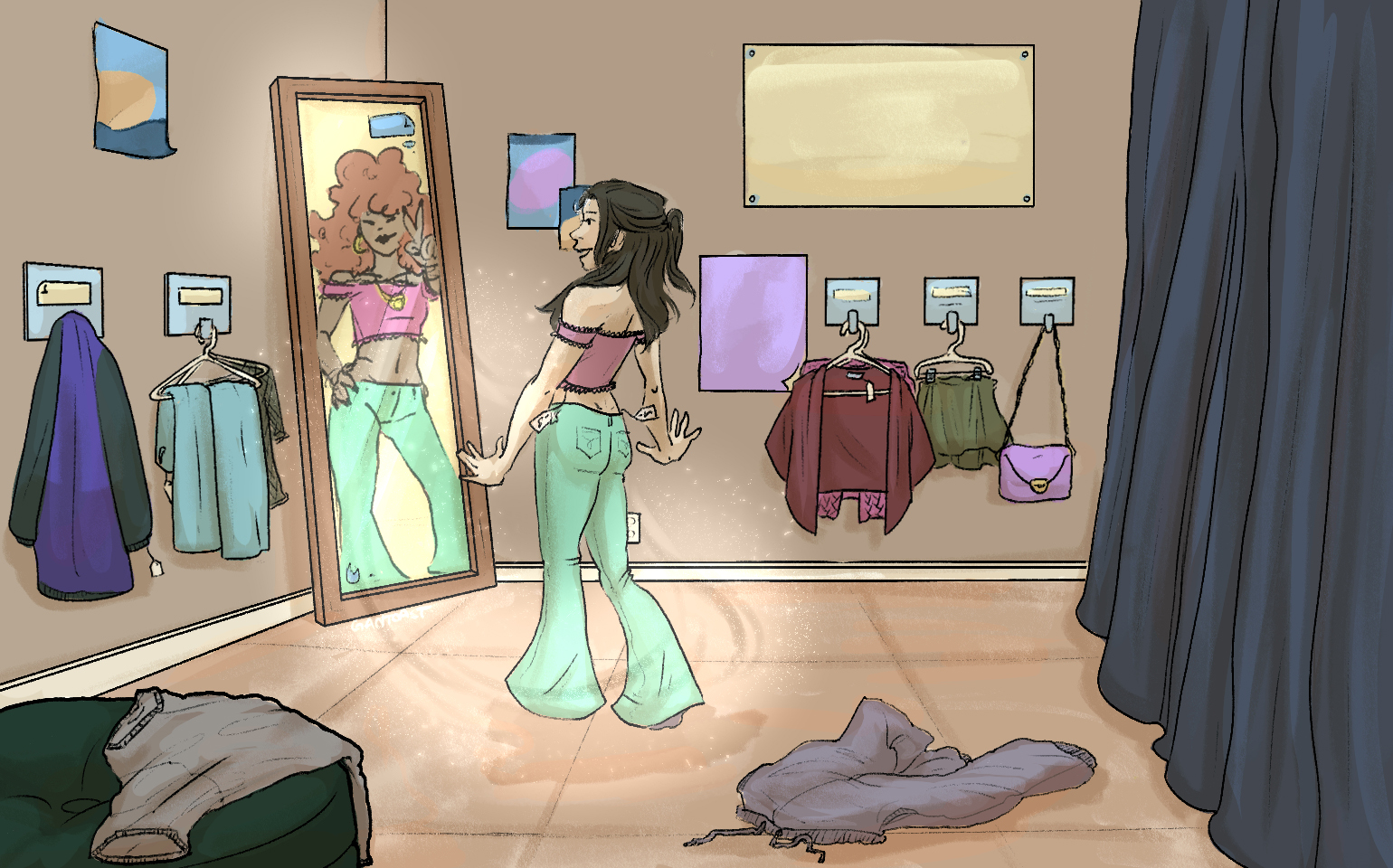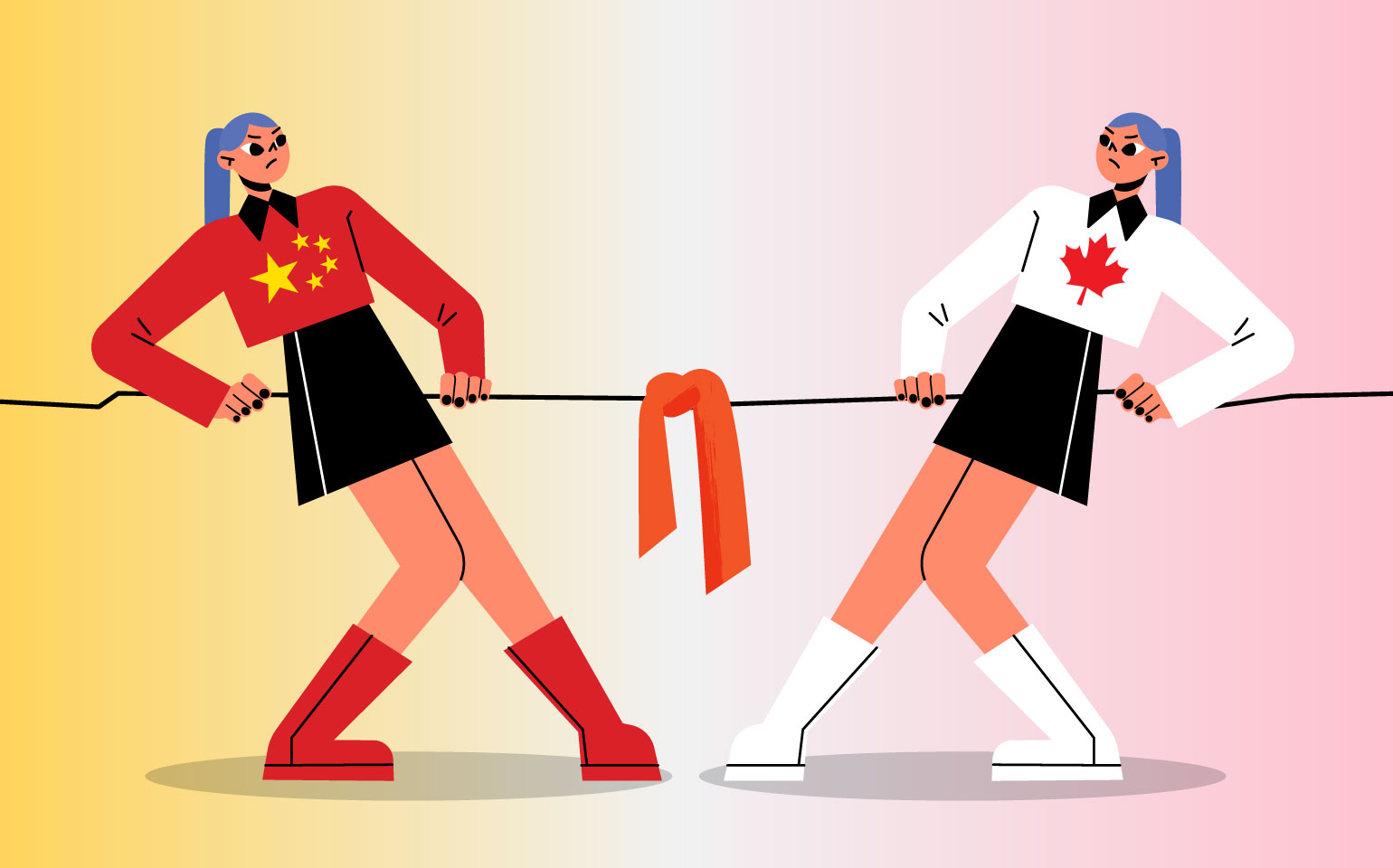Why Yesterday’s Style Means More Today
Going to an all-girls school where uniforms are mandatory, conversations about fashion are always topics of interest. Aside from the micro trends and fashion brands that ebb and flow with every season, the term that is constantly turning heads is the word “vintage.” One word, two syllables, instantly a picture is painted. Vintage has become an accessory in and of itself, branching to books, records, cameras and more. Vintage is worn, carried, and bought as a new shade of self-expression. But why is that? What is the quality of old age that brings its stylistic allurement to the young? As an avid participant in vintage markets, old bookstores, and thrift shops, I recently asked myself these questions. To me, it seems that the popularity of the retro style is something beyond material shopping. In any generation, there are always those that feel they ought to be born at a different age. The persistence of purchasing yesterday’s clothes says a lot about the individualism and self-expression teenagers seek at the heart of their shopping experiences today.
When it comes to clothing, the vintage aesthetic has less to do with age and more about the narrative drawn from it. Where big brand purchasing and seasonal “must haves” tend to dominate our wardrobe, thrift stores are troves laden with our eager desire for unique finds.
During the times I have looked for an obscure sweater, I embarked on the simultaneous search for individuality. Trying out the unconventional is a breakaway from the catalogue of what is on or off-trend. There is a sense of ownership, a self-painted portrait not only about the look you choose but the era you attempt to embody through it. As a teenage girl, when I find comfort in the singularity of vintage wear, the pressures of external environments melt away.
This unique quality of vintage items brings about the second notable feature of thrifting: connection. For many of us, items designed to meet a decade’s distinct artistic standard feel more meaningful to wear. When you showcase the item, you render that period’s vision yourself and in doing so, much of the confidence it brings is driven by our attachment to its origins.
With the accessibility of online shopping and bulk purchasing, a singular item I buy today fails to carry the same gravity. When the clothes we wear feel replaceable, the connection we feel to the clothes we purchase is lost.
A few months ago, I had a lengthy conversation with my mom about buying a film camera. She said that the camera was not a practical purchase when the quality and feasibility of its photos were worse than my iPhone. I concluded that these so-called limits of old design, are features that have come full circle as new charm. Putting convenience aside, have we not found the cinematic grain of a film photo, the tactile feel of paper on ink inimitable? Does the slowness of an old camera in action or a record machine in play not push us toward hearing music and capturing sights with greater carefulness and meaningful intent?
All this isn’t to say that being from an older generation is not part of the appeal itself. As teenagers, the things we buy before our years hold a secret past, where we can not help but fall into fascination. I have always felt joy when picking up a book where the pages are rusted and the worn leather, even the font, makes me think of the history of those that may have read it before.
Contemporary times call for easily accessible items in a fast-moving world. What I have learned through the retro revival is that this art of originality defines the concept of “vintage.” A word, though its definition is old, has an impact that is new again.




